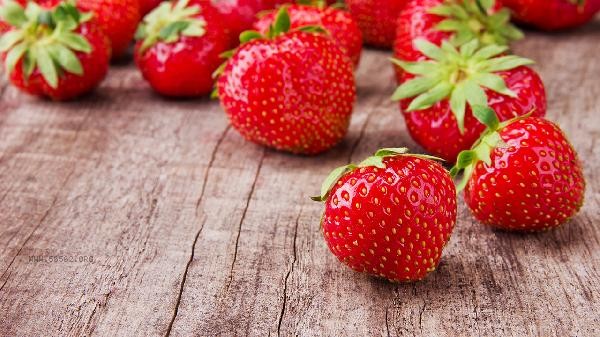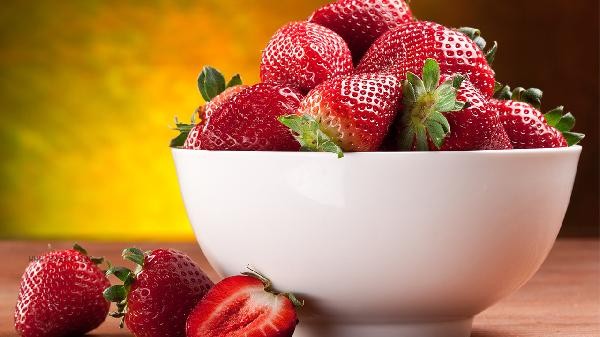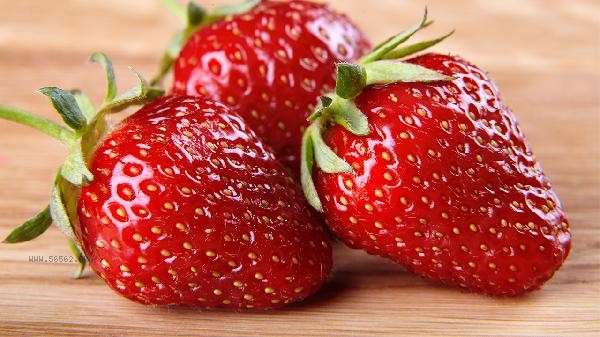It is generally not recommended to move the strawberry after it has hung, as this may cause the fruit to fall off or hinder plant growth. If it is necessary to move the pot due to special circumstances, it is necessary to preserve the original soil mass as much as possible and reduce root damage. The fruiting period of strawberries is at a critical stage of reproductive growth, during which the root system has a high demand for water and nutrient absorption. During the process of transplanting, it is inevitable to damage some of the capillary roots, affecting the short-term absorption capacity of the plant and potentially causing immature fruits to shrink and fall off due to insufficient nutrient supply. At the same time, plants during the fruiting period are sensitive to changes in light and temperature. environmental changes after transplanting may prolong the seedling growth time and delay subsequent fruit ripening.

In special circumstances, if it is necessary to move the pot, it should be operated continuously on cloudy days or in the evening to avoid direct sunlight that exacerbates transpiration. Stop watering before moving the pot to make the soil slightly dry and facilitate the complete removal of soil clumps. The new pot needs to be filled with a loose and breathable substrate in advance, and after transplanting, the soil should be compacted and thoroughly watered with root fixing water, and placed in a scattered light area to slow down the seedlings. If obvious wilting of the fruit is found, thinning the fruit appropriately and retaining a small amount of strong fruit can reduce the burden on the plant.

Avoid fertilization within two weeks after transplanting, and supplement diluted phosphorus and potassium fertilizers after the new leaves have sprouted. Keep the soil slightly moist but not too wet in daily life, pay attention to the condition of the base leaves, and remove yellow leaves in a timely manner. If the plant recovers well, gradually increasing light can promote the remaining fruit to color and mature. The risk of repotting during the fruiting period is relatively high. If not necessary, it is recommended to wait until the fruits are harvested before performing repotting operations.









Comments (0)
Leave a Comment
No comments yet
Be the first to share your thoughts!